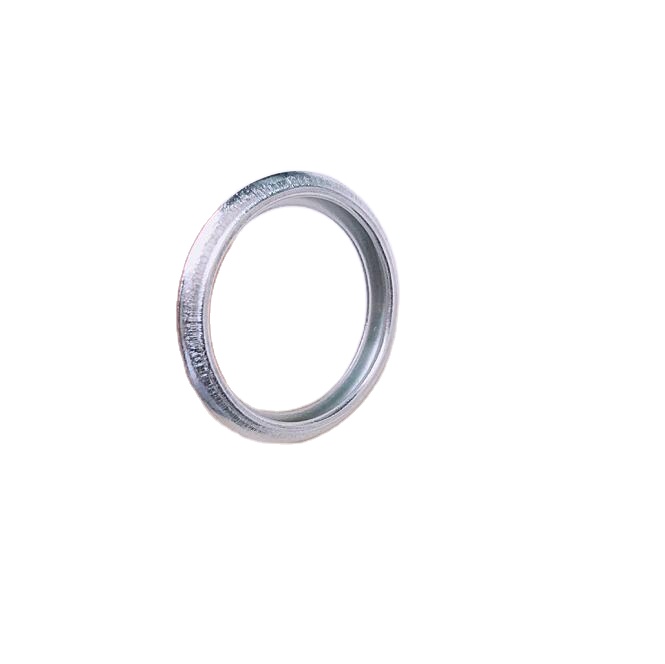oil seal 14x22x5
Understanding the Importance of Oil Seals The 14x22x5 Specification
Oil seals play a crucial role in the functionality and longevity of various mechanical systems. Among these essential components, the 14x22x5 oil seal specification stands out, offering both versatility and efficiency across multiple applications. In this article, we will delve into what oil seals are, the significance of the 14x22x5 specification, and factors to consider when selecting the appropriate oil seal for your needs.
What is an Oil Seal?
An oil seal, also known as a lip seal, is a device that helps prevent the leakage of lubricants—usually oil—while keeping contaminants such as dirt and dust from entering the machinery. It typically consists of a circular component made from rubber or elastomeric materials, designed to fit snugly around rotating shafts or components. Oil seals are vital in safeguarding the integrity of machinery by retaining lubricants, which minimize friction and wear, thus enhancing performance and durability.
Importance of the 14x22x5 Specification
The numerical designation 14x22x5 describes the dimensions of the oil seal. In this case, the numbers represent the following
- 14 mm This is the inner diameter of the oil seal, which corresponds to the shaft size it is intended to fit. - 22 mm This is the outer diameter, indicating the size of the mounting hole into which the seal will be installed. - 5 mm This measurement refers to the thickness of the seal.
The 14x22x5 oil seal is particularly popular across various industries, including automotive, aerospace, and manufacturing. Its dimensions make it suitable for a range of applications, from sealing the crankshaft in an engine to keeping gearboxes free from oil leaks. By ensuring a proper fit and seal, these oil seals contribute significantly to the overall efficiency and lifespan of the machinery.
oil seal 14x22x5

Selecting the Right Oil Seal
When choosing an oil seal, several factors should be considered beyond just the dimensions. Here are a few essential aspects to consider
1. Material The material of the oil seal plays a crucial role in its performance and lifespan. Common materials include Nitrile Rubber (NBR), Fluoroelastomer (FKM), and Ethylene Propylene Diene Monomer (EPDM). The selection should depend on the operating environment, temperature ranges, and the type of fluids the seal will be exposed to.
2. Operating Conditions Consider the specific operating conditions in which the seal will function. Factors such as temperature, pressure, and the type of lubricant will influence the choice of seal material and design.
3. Installation Proper installation is vital for the effectiveness of the seal. An incorrectly installed oil seal can lead to premature wear and failure. Always follow manufacturer's instructions during installation to ensure optimal performance.
4. Manufacturer Reputation Opting for seals from reputable manufacturers can significantly influence the reliability and quality of the oil seal. Researching and selecting products from well-known brands can help avoid unexpected failures.
Conclusion
The 14x22x5 oil seal serves as an exemplary standard for various mechanical applications. Understanding its significance and the factors influencing its performance can enhance machinery reliability and efficiency. Whether in automotive, aerospace, or industrial contexts, choosing the right oil seal leads to better maintenance practices and improved operational outcomes. By investing time in selecting the appropriate oil seal, users can ensure continued performance and extend the lifespan of their machinery.
-
The Ultimate Guide to Car Repair Kits: Tools and Essentials Every Driver Should Own
News Aug.01,2025
-
The Complete Guide to Oil Pan Gaskets: Sealing Engine Leaks the Right Way
News Aug.01,2025
-
Preventing Oil Leaks: A Complete Guide to Oil Pan Gaskets and Drain Seals
News Aug.01,2025
-
Everything You Need to Know About Oil Pan Gaskets and Drain Plug Seals
News Aug.01,2025
-
Essential for Car Owners: How to Use a Car Repair Kit to Deal with Minor Breakdown
News Aug.01,2025
-
Comprehensive Guide to Engine Oil Sump Gaskets and Related Seals
News Aug.01,2025
-
The Ultimate Guide to Boat Propeller Bearings and Trailer Wheel Bearings
News Jul.31,2025
Products categories















